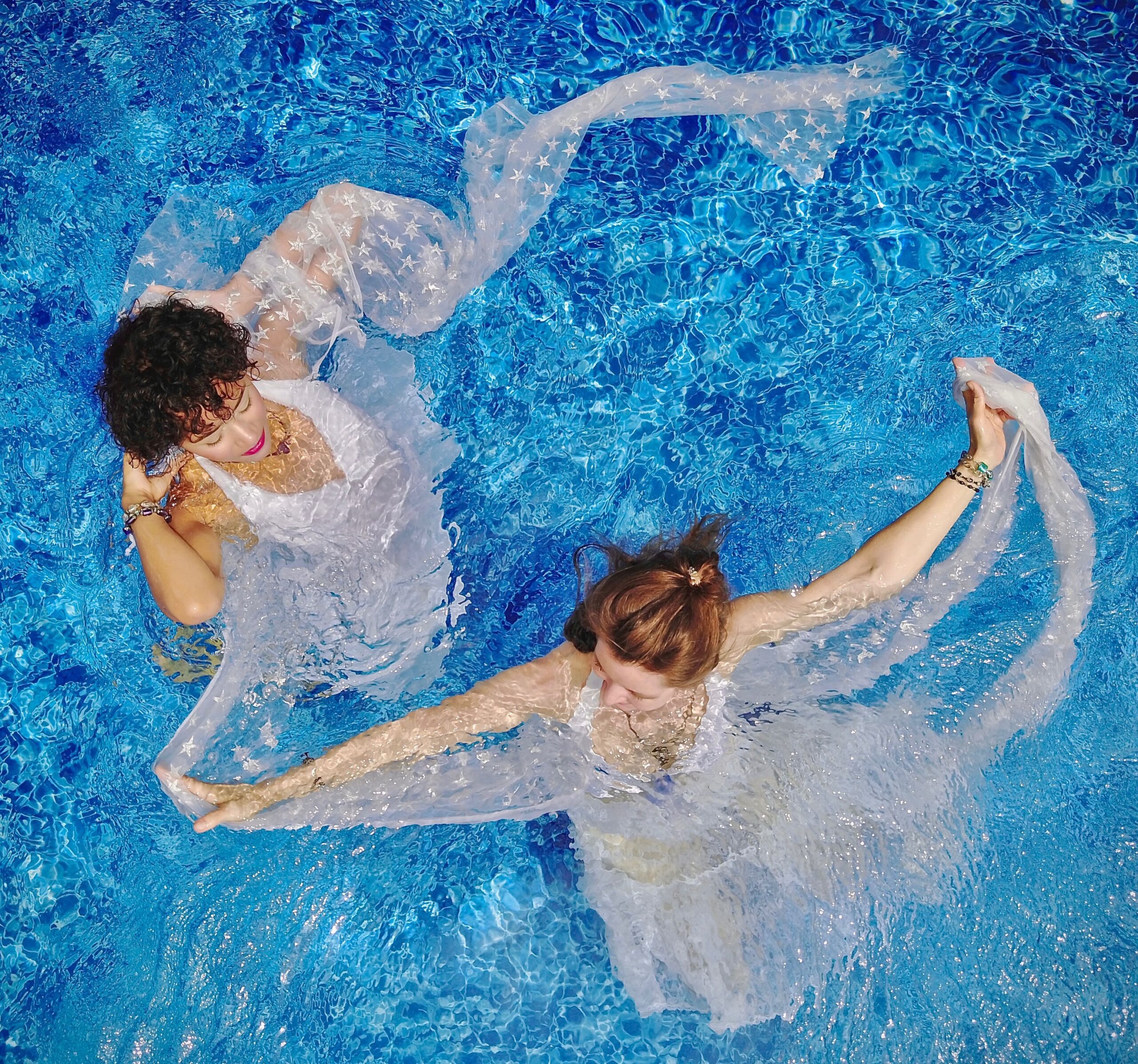Movement
Gentle Exercise Unveiled in Water Aerobics

As we gracefully age, our bodies may not be as spry as they once were. But that doesn’t mean we should hang up our exercise shoes just yet. In fact, it’s quite the contrary. Welcome to the world of water aerobics, my friends, a gentle yet effective way to stay fit and fabulous, no matter how many candles are on your birthday cake!
Water aerobics, also known as aquatic fitness, is a low-impact exercise performed in the shallow end of a swimming pool. It’s a wonderful way to keep moving without putting too much strain on our joints, making it perfect for us seniors. But don’t let the term “low-impact” fool you. This exercise can give you a full-body workout, strengthening your muscles, improving your cardiovascular health, and boosting your flexibility.
Now, let’s talk nutrition. As we all know, exercise and nutrition go hand in hand. During our golden years, our bodies need a little extra care and attention. A balanced diet filled with lean proteins, fruits, vegetables, and whole grains can provide the necessary fuel for our water aerobics sessions. And let’s not forget about hydration. Drinking plenty of water before, during, and after our workouts is crucial, especially when we’re splashing around in the pool.
But water aerobics isn’t just about physical wellness. It’s also about mental wellness. The soothing quality of water can help reduce stress and promote a sense of calm. Plus, participating in a group exercise class can provide a sense of community and camaraderie, which is always a mood booster.
Let’s not overlook the fun factor either. Water aerobics is a hoot! It’s like being at a pool party, but with the added benefit of getting fit. You can even incorporate accessories like foam noodles and water weights to add a little extra oomph to your workout.
Now, onto the longevity aspect. Regular exercise, such as water aerobics, can help us age more gracefully. It can reduce the risk of chronic diseases, improve our balance, and even boost our brain health. And when combined with a healthy diet and a positive mindset, it can help us lead a longer, happier life.
Speaking of positivity, let’s talk about the power of a positive mindset. It’s easy to get caught up in the negatives of aging, but let’s flip the script. Each wrinkle is a testament to a life well lived. Each gray hair is a badge of honor. And each water aerobics class is a celebration of our vitality. So let’s embrace our age and celebrate our ability to stay active and healthy.
Lastly, let’s touch on the cooking aspect. After a refreshing water aerobics session, why not whip up a nutritious meal? Cooking can be a therapeutic activity, and it’s a great way to ensure we’re fueling our bodies with wholesome foods. Plus, it’s a chance to get creative in the kitchen. Who says healthy eating has to be boring?
So there you have it, my friends. Water aerobics is a gentle, fun, and effective way to stay fit in our golden years. It’s more than just an exercise. It’s a lifestyle. A lifestyle that promotes physical wellness, mental wellness, positivity, longevity, and a love for healthy cooking. So why not dive in? The water’s just fine!
